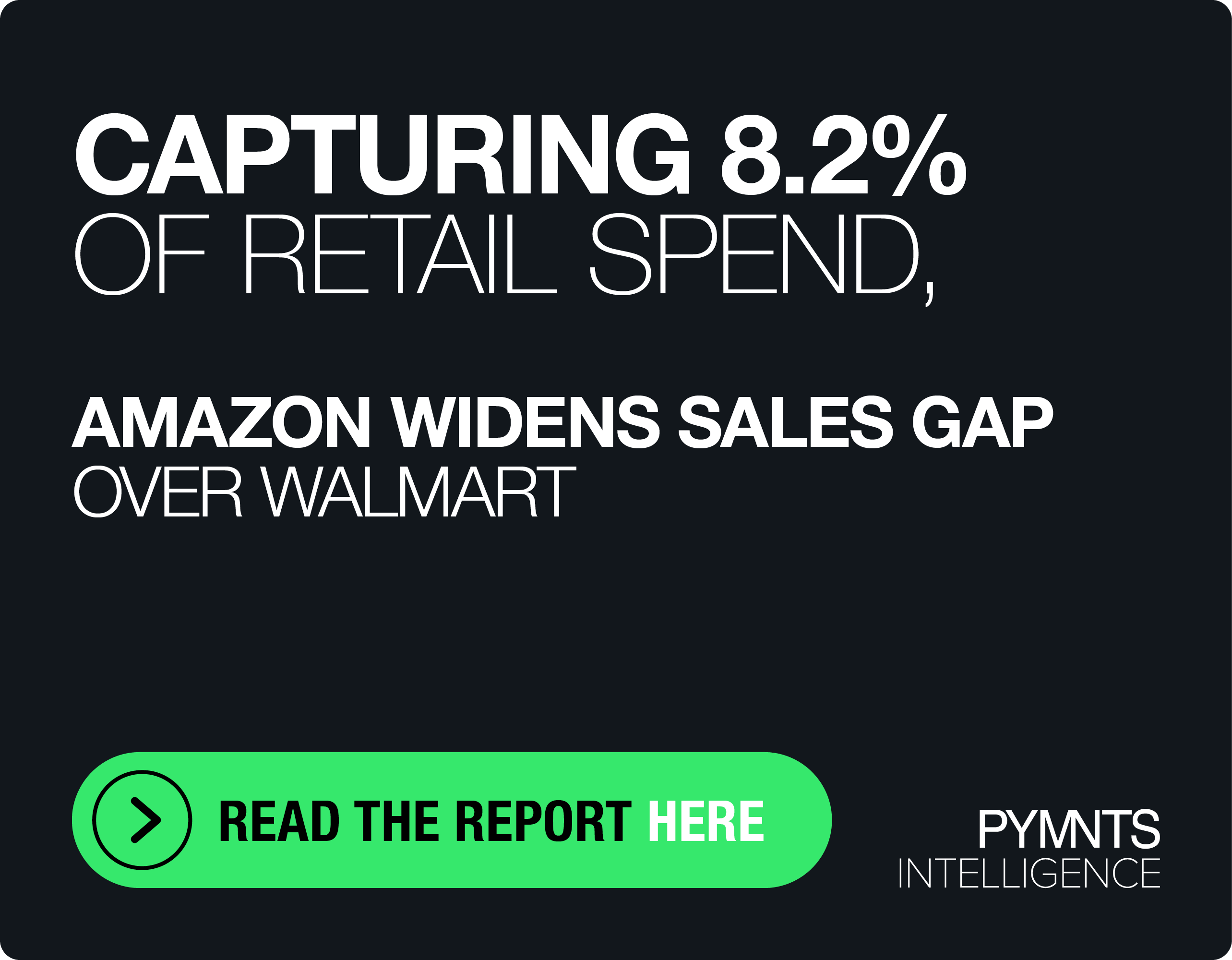Healthcare Providers Use ‘Deep Data’ to Deliver Better Patient Outcomes
The healthcare business isn’t well. The aftermath of the pandemic on practices, ongoing issues of uncollected medical debt, shifting modes of care and changing patient expectations are making prime stakeholders dizzy. But it’s a discomfort that smarter systems can help put right.
Digital transformation is that miracle cure, as Experian Health Chief Product Officer Dave Bennett told PYMNTS. From providing better patient experiences at the point of care to bringing robotic process automation (RPA) and other tech to bear behind the scenes, digital transformation is the remedy that the healthcare sector needs, stat.
Acutely aware of rough patches in both the patient journey and the provider path, Bennett said when it comes to healthcare, people are “unwilling buyers. We care a lot about conveniences.”
For that reason, among others, he said, “Payments integrated into the [provider’s] digital front door, into the revenue cycle play, is really valuable long term for healthcare because now you can take the payment, you can register the client, you can process the revenue cycle stuff all in a single kind of digital experience.”
Data is critical to that process, offering capabilities that expand frontiers for providers.
As more granular data becomes available and accessible, Bennett said, “you’ll see messaging around ‘digital front door’ personalization and precision medicine. Really, it’s personalization that I think is going impact all of us the most. To do that really well, you need data. We’re going to be a data driven industry, where healthcare hasn’t been as much.”
Bennett drove the point home by noting that his son, who has cystic fibrosis, was helped by a drug targeted at a specific mutation in his son’s profile. But finding that treatment was luck.
“Today, 10 years later, the kid’s a big, strong, healthy kid because he’s on the right therapy,” Bennett said. “It’s not the doctors’ fault, but you can see that the whole system has to be more data driven from the clinical point of care to the financial/administration side, and the transaction side.”
See also: 76% of Patients Want to Digitally Manage Healthcare
When Automation Is Essential
Recalling how stodgy financial institutions (FIs) quickly came around to new consumer digital preferences, he said healthcare firms must likewise “give the patient the conveniences to do things online, to schedule online, to pay online and do it in a more modern way, the way they do business with their banks and anybody they transact with today.”
But there are still mountains to scale from both the patient and provider side so that the experiences of each group can be more harmonized, yielding better outcomes for all.
For example, Bennett noted that automation is sorely needed in the medical billing coding field, but human medical coders — highly skilled workers — are leaving faster than they can be replaced. This is an ideal use case for automation, specifically RPA.
“They were losing hundreds and hundreds of people retiring, and they couldn’t find those medical coders at the level they needed,” he said. “We essentially started creating digital workers to emulate what [humans] were doing from a coding perspective and essentially created bots that automatically do what they were doing.”
In addition to automating things like billing codes, automation is increasingly used to streamline medical processes and activities in instructive ways that bolster the entire system.
“We’re trying to learn what we’ve learned from automation and then automate even more … or simplify even more,” he said. “How far does automation go? We don’t know after a certain point in time because as the models learn, they will predict and learn things that we don’t even realize.”
See also: Healthcare Morphing Into HealthTech as Millennials Go for Digital Doctoring
Personalizing Healthcare
With staff shortages and burnout among healthcare professionals at historic highs, Bennett said he believes this is the time for healthcare companies to use automation wherever possible.
“We’re in a really tough situation right now, so using digital technologies, using edge automation are things we’re going have to deploy just to handle the access problems,” he said.
Pointing to fundamental issues like scheduling appointments at a time of high cancellations — by busy doctors especially — Bennett said, “If it’s digitally automated, you have a potential now to schedule dynamically. Providers can focus more on the care and not as much on the administration, payment and the revenue cycle side of it. You’re blending all that.”
He added that patient benefits extend to cost transparency, care quality and more.
Through strategic use of automation, he said, “You’ve kind of created this experience now where you can simplify it, make it more convenient … to be a patient, but also really drive down your cost on the healthcare side from an administration perspective.”
Noting that the Centers for Medicare and Medicaid Services (CMS) is pushing for more use of transformative technologies in healthcare through legislation like the No Surprises Act, Bennett told PYMNTS that healthcare is poised for a not-so-slow (yet steady) digital metamorphosis.
Calling this “a unique time” in the history of healthcare, Bennett said, “You’re seeing new generations wanting to pay differently, and they want more personalized payment strategies. Personalization is kind of threaded through this whole strategy over the next two years for most of these companies because they want to personalize the access to the systems and the value and the payments and whatever for you as an individual patient.”
See also: Consumers Demand Digital Be Part of Their In-Person Healthcare Experience
